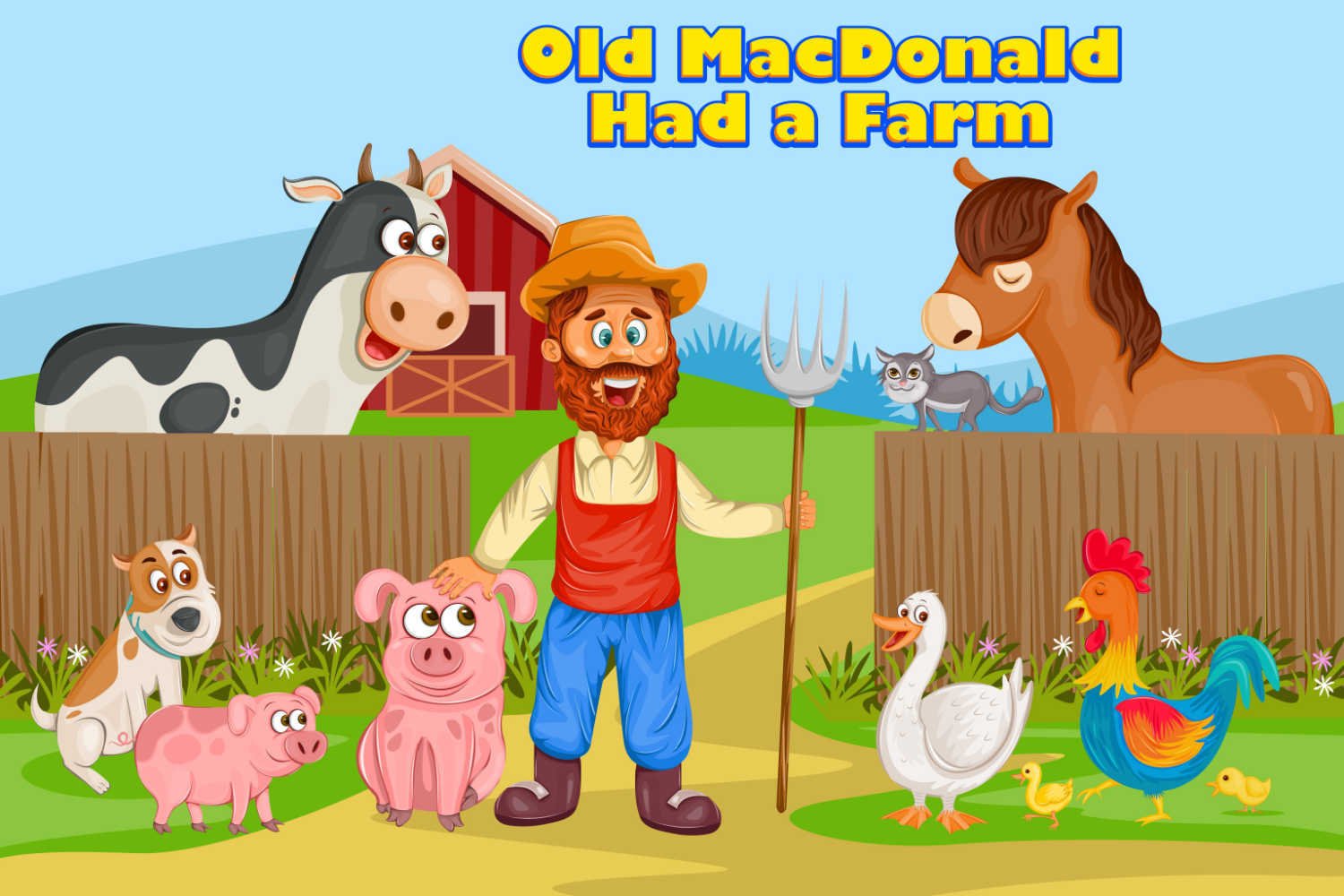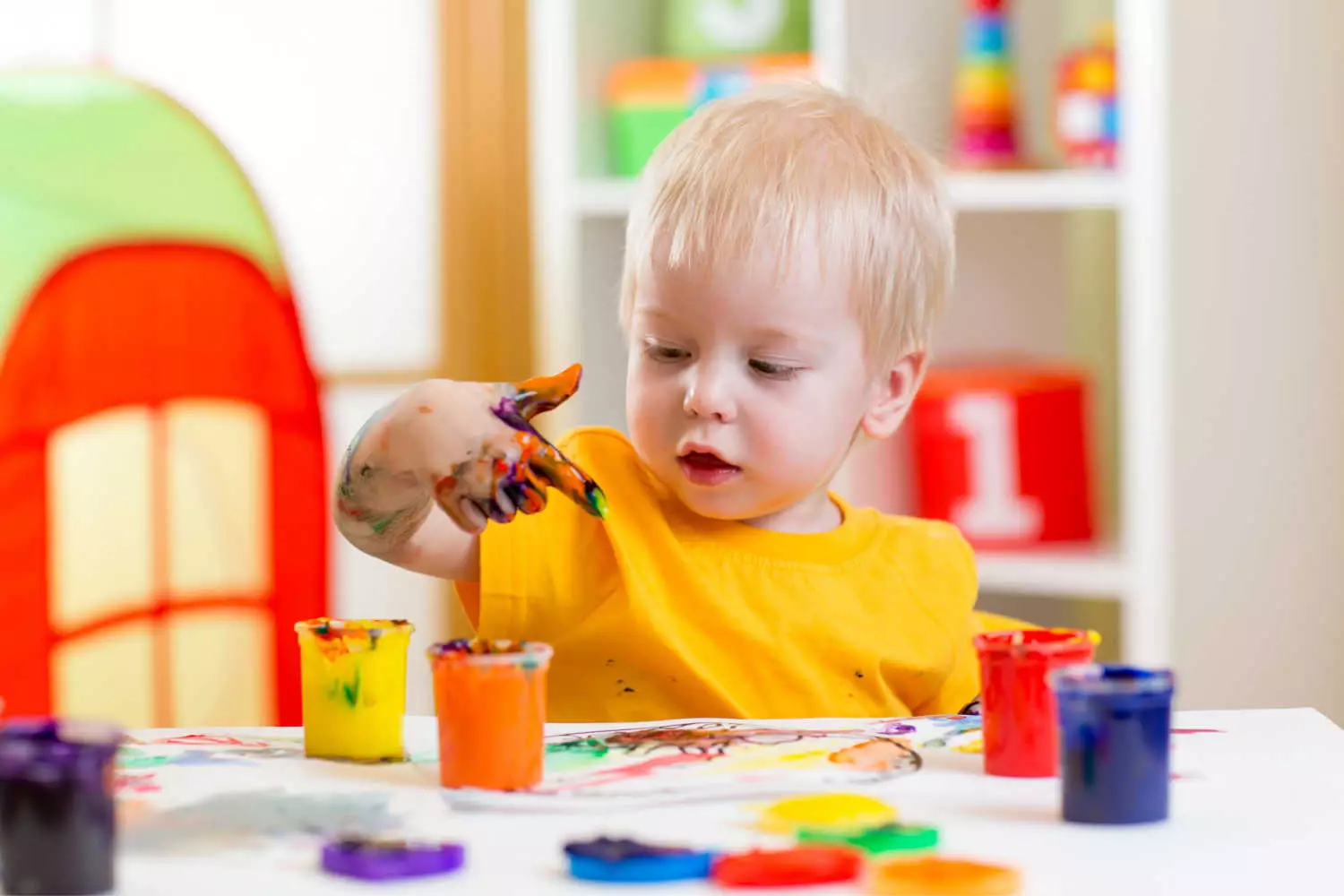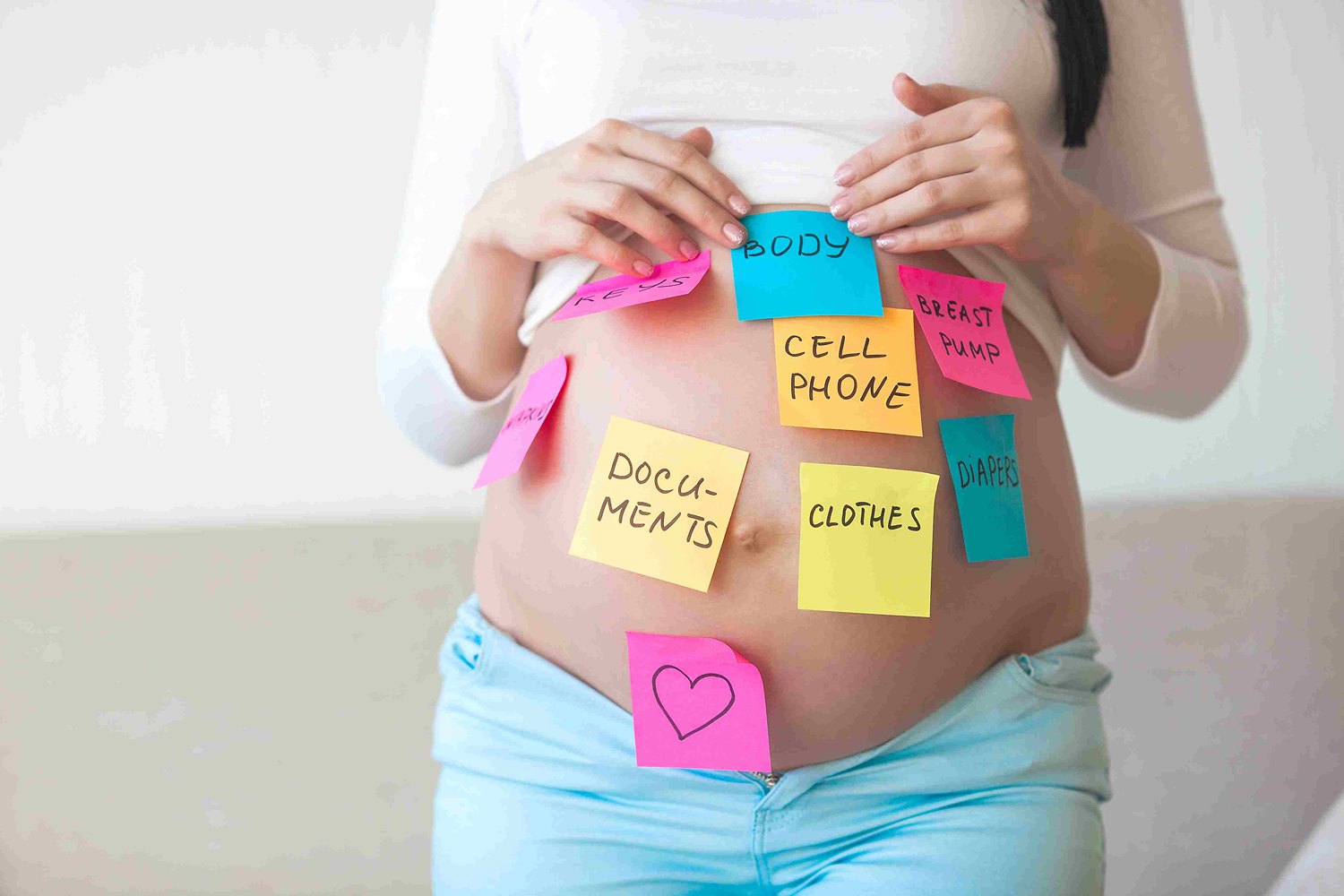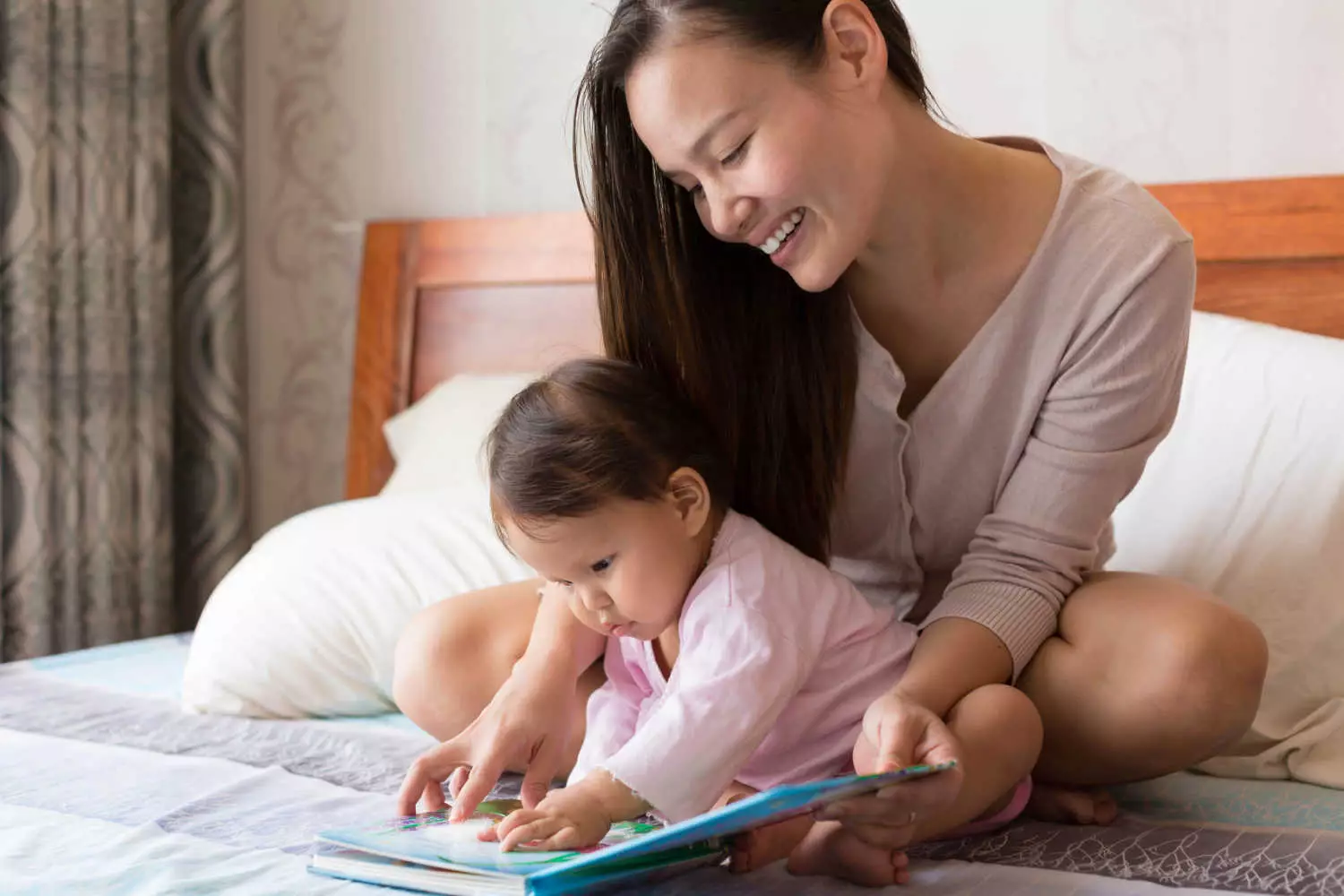
Taking Care Of Umbilical Stump In Monsoon
5 min readWritten by Editorial Team


There is no bad time to have a child. But monsoons can make the experience particularly tiring. Depending on where you live, monsoons can mean 24×7 rain, increased humidity, and weather extremities like hot days followed by cold nights. It is important to take care of the Umbilical stump in monsoon.
This means multiple problems for newborn babies – they are more prone to catch infections, we are more prone to pass infections to them, baby clothes do not get properly dried, slippery floors make even walking out hazardous, and so on (we could go on, but you get the idea!). But a primary challenge if you have a newborn during monsoons is caring for his/her umbilical cord.
In This Article
- What Is An Umbilical Cord?
- Why Is Caring For Umbilical Cord Important During Monsoons?
- How Can I Prevent Umbilical Cord Infections During Monsoons?
What Is An Umbilical Cord?
A baby’s nutritional needs inside the womb are met through the placenta, which is attached to the mother’s uterus. The umbilical cord serves as a connection between the placenta and the fetus, so as to enable the baby to develop. Post the baby’s birth, the umbilical cord is not required for the baby’s nutrition. So it is cut off comfortably close to the baby’s body.
No, it does not pain the baby as the umbilical cord has no nerves. Once clamped, a stump is left in the place of the umbilical cord. This stump falls off on its own about three weeks, after drying off. It is not a part of the baby’s body so there is no need to be worried about it falling off. It changes its colors and occasionally you might see some dried blood around the stump.
Why Is Caring For Umbilical Cord Important During Monsoons?

Most often, umbilical cords will dry out, turn blackish, and fall off on their own within 5 to 15 days after the baby’s birth. However, this may not be the case during monsoon, when it may take longer for the umbilical stump to dry and heal. The wet, hot, and humid weather during monsoons is a thriving ground for bacteria and fungi.
An umbilical cord stump is an area that can hold moisture (more so during monsoons), if not cared for carefully. When the moist umbilical cord is exposed to the microbe-rich environment, they easily catch an infection.
In order to avoid this, it is absolutely essential that the baby’s umbilical cord stump is always cleaned and dried, especially during the monsoons. To know more about the umbilical cord and the various infections that it can cause, click here.
How Can I Prevent Umbilical Cord Infections During Monsoons?
The umbilical cord, as you would know, dries, withers, and falls off by itself in a couple of weeks. But till then, follow the tips below to ensure an infection-free stump for your baby:
1. Take Care Of Your Hands
Ensure that your hands are cleaned and sanitized before you touch the baby’s umbilical stump, especially if you have been using your hands to clean the diaper or cook
2. Clean And Dry The Stump

Every time you give the baby a bath, you should pat dry the cord stump carefully and put an antiseptic liquid to it to ensure dryness. You can either buy alcohol from the pharmacy, apply it in a cotton roll before dabbing the area with it or you can buy alcohol strips that are more convenient to use. Some doctors advise against applying alcohol to the area as they think stumps are better left on their own to dry. Talk to your doctor if you are doubtful about this.
3. Do Not Cover The Stump With The Diaper
When you are putting the diaper, ensure that the stump is not covered. You can either fold the top part of the diaper (like you fold your sleeves) or you can cut the portion off the diaper that covers the cord area. Some newborn diapers are small enough to be tied below the cord stump too. By not covering the stump with the diaper, you are reducing the chances of it getting dirty when the baby passes urine
4. Change Diaper After Ever Pee/poo
In the initial weeks, it is recommended that you change the diaper every time the baby pees or poops. Even if the diaper is not touching the umbilical stump, a wet diaper can brush over the area, when you pick the baby up or when the baby kicks in the air
5. Put On Loose Clothes To Avoid Sweating

Rains can be cold, but it makes the inside of your house humid and stuffy too. While your instinct might be to cover your baby top to toe in woolens, you should dress him in loose clothes. This is to avoid sweating that make the umbilical cord wet. Sweating can result in making the area around the stump moist, which can further lead to infections. If you think it is very cold, then swaddle the baby lightly with a soft blanket
6. Don’t Shy Away From Bathing
It is completely ok to bathe the baby before the stump falls off. However, as we mentioned earlier, you need to dry the area thoroughly with a soft towel, cotton wool, or alcohol strips. That said, be careful while applying oils. If you have an older parent or nanny, they might suggest putting oil everywhere, including the stump. However, this is medically not advisable as oil can hold the moisture in and make it difficult to clean.
7. Keep A Watch

Check often to see if the stump is dry. If it is not, try to slowly clean and dry the area. If you have heard about tips to clean it with a cotton swab with some alcohol-based solutions, it would be best to consult your doctor.
8. Do Not Pull It On Your Own
You might just feel that the stump is hanging on loosely, however, you must not try to pull it out yourself at any cost. Pulling it could cause the stump area to be infected and it can even be hurtful for your baby.
However, despite these precautions and tips, if your baby’s umbilical cord does get infected, you need not worry. In most cases, you just need to continue cleaning and drying the area and the infection will go on its own. Sometimes the doctor might prescribe an antiseptic cream or other treatments if he feels the infection is not self-healing.

Editorial Team,
With a rich experience in pregnancy and parenting, our team of experts create insightful, well-curated, and easy-to-read content for our to-be-parents and parents at all stages of parenting.Read more.
Responses (0)
Want curated content sharply tailored for your exact stage of parenting?
Related articles

Old Mac Donald Rhyme For Babies

Finger Painting For Babies – How it Helps in Baby’s Development

Sore Gums in Babies – Top Causes and Precautions

Bedtime Fading Method of Sleep Training Your Baby – Know All About it

Top 13 Postpartum C-Section Essentials

Top 6 Best Counting Books For Babies in First Year
Sponsored content
Discover great local businesses around you for your kids.
Get regular updates, great recommendations and other right stuff at the right time.





